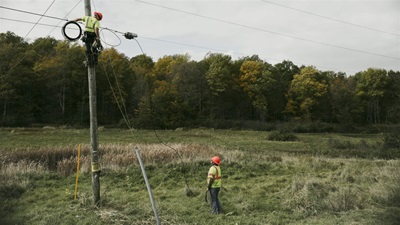Pew Urges Oregon Legislature to Improve and Fund Wildlife Crossing Infrastructure
Crossings keep animals off roads, lower collision rates, and save lives and money

On Feb. 5, The Pew Charitable Trusts submitted a letter to the Oregon House Committee on Agriculture, Land Use, Natural Resources, and Water in support of a bill (H.B. 2978) that would help reduce wildlife-vehicle collisions. Among other things, the bill would establish a training program related to wildlife crossing issues, require the state to establish a list of priority projects, increase coordination between the Oregon Department of Fish and Wildlife and the Oregon Department of Transportation (ODOT), and require ODOT to consider wildlife connectivity in transportation infrastructure projects.
On March 12, Pew also submitted testimony to the Oregon Joint Committee on Ways and Means Subcommittee on Transportation and Economic Development in support of ODOT funding for wildlife crossings.
A recent State Farm Insurance analysis found that Oregon has the highest likelihood of wildlife-vehicle collisions among West Coast states. Thankfully, wildlife connectivity projects—including crossings and corridor conservation—are proven solutions, yielding annual benefits of $250,000 to $443,000 per structure. For example, Oregon’s Lava Butte underpass near Bend reduced wildlife-vehicle collisions by more than 85% since its construction in 2012.
The Oregon Legislature is considering H.B. 2978 and the ODOT budget; the 2025 legislative session runs through June.







